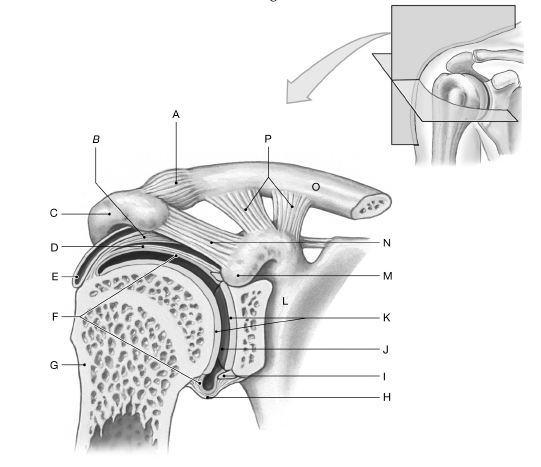Adaptive immunity is the result of the actions of
A) NK cells.
B) T and B cells.
C) mast cells.
D) antigen-antibody complexes.
E) interferons.
Answer: B
You might also like to view...
Matching
A) Homozygous B) Sex chromosomes C) Recessive D) Genotype 1) Actual genetic makeup. 2) A chromosome pair that may be very different in size. 3) Genes not expressed unless they are present in homozygous condition. 4) Situation in which an individual has identical alleles for a particular trait.
Using the figure below, identify the labeled part.

1) Label A: ______________________________
2) Label B: ______________________________
3) Label C: ______________________________
4) Label D: ______________________________
5) Label E: ______________________________
6) Label F: ______________________________
7) Label G: ______________________________
8) Label H: ______________________________
9) Label I: ______________________________
10) Label J: ______________________________
11) Label K: ______________________________
12) Label L: ______________________________
13) Label M: ______________________________
14) Label N: ______________________________
15) Label O: ______________________________
16) Label P: ______________________________
Explain the functions of the three types of folds found in the small intestine, from largest to smallest
What will be an ideal response?
Increased activity in the neurons in the dorsal respiratory group is associated with:
A. high lung volume B. high levels of CO2 in the blood C. high levels of O2 in the blood D. breath holding